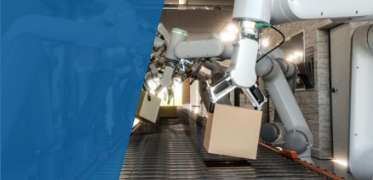
by Seth Bailey | Dec 22, 2022 | Conveyors & Conveyor Parts
Overview The robotics automation industry is booming across many sectors. This is especially true in manufacturing, which already surpasses the automotive industry as the largest user of industrial robots. According to Fortune Business Insights, robotics integration...


